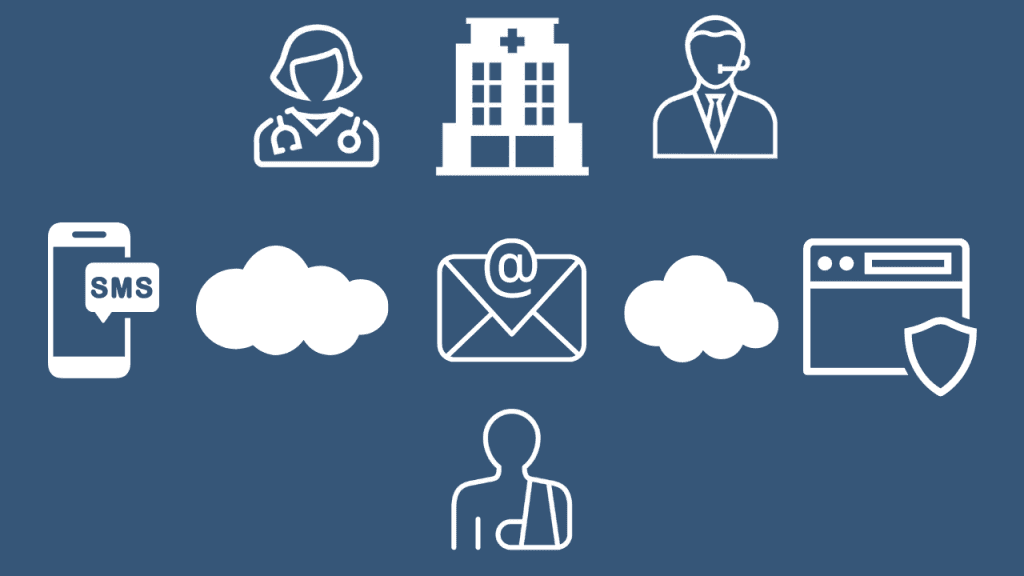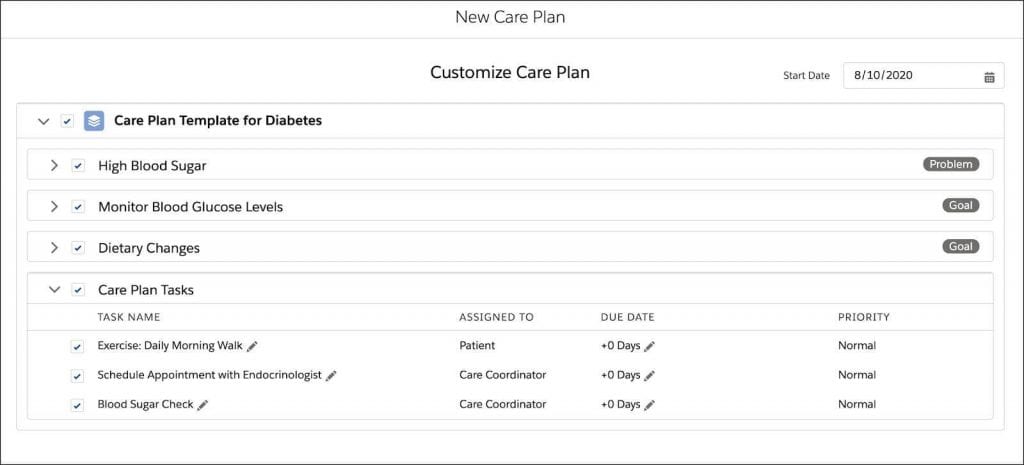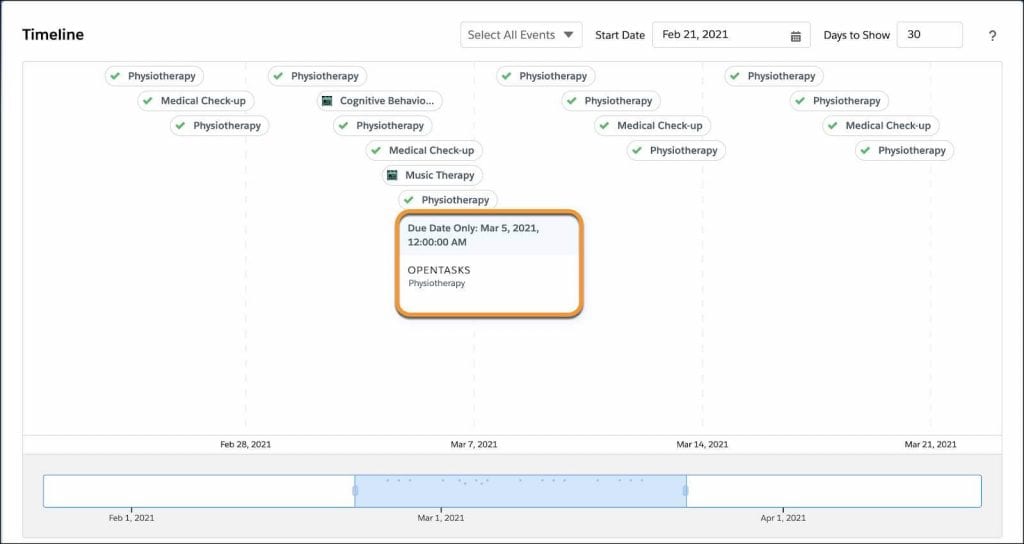
How can your health system increase patient engagement?
Patient engagement increases when providers and patients work closely together through verbal and digital communications. If a patient is more engaged and involved in the decision-making process, the result can include better health outcomes.
There are both human and technological components to better engaging with patients. We’ll look at the technology side.
Increase Patient Engagement Using Technology
Patient engagement technologies, such as Salesforce Health Cloud, can enable a winning engagement strategy.
According to Salesforce, engagement is “a term that describes how organizations engage with patients across all digital touchpoints while providing a consistent patient experience.” A platform like Salesforce Health Cloud has the power to both improve the patient experience and create more revenue for providers.
However, before any technology is deployed, it’s important to identify the key engagement touchpoints for your patient population. As examples, you may want patients to be provided with:
- More convenient, cross-platform access to their own health information
- Access to visual clinical representations, such as their health timeline
- Access to additional, relevant information about improving one’s health
- More personalized content within digital messages and portals
- Communication via the right digital channel or a mix of channels
- Easier access to generally available information
- More timely updates and reminders
These types of requirements can be translated into Health Cloud configurations that hospitals, clinics, and health systems can use to get patients more involved in their care. Examples of actions to increase digital engagement include:
Communicate With Patients Using Their Preferred Channel(s)
A patient’s preferred means of communication (phone, email, text, chat) can be a part of their “relationship record” (vs. their medical record) in Health Cloud.
These stored preferences can be used to determine how physicians, clinicians, call center agents, marketers, and other healthcare professionals communicate with each patient.
Give Patients Easier Access to Their Medical Data
A health system can provide a patient with 24/7 access to their medical data via the web or via an app on their smartphone or tablet. This level of access enables patients to be more engaged by giving them the ability to view their medical information at any time—without having to wait for office hours to make a phone call, for example.
Communicate With Patients Using Terms They Understand
A Managed Terminology platform can be used to translate clinical terminology into words and descriptions that patients can understand. For example, contact center agents can more clearly reference past diagnoses using layperson’s terms when communicating with a patient.
Enable Patient Engagement With Their Health Journeys
Health Cloud can be used to create care plans that are customized to meet each patient’s needs. The starting point is a reusable care plan template that is modified for each patient’s individual goals, required tasks, and care plan team members.
Patients can be encouraged to participate in the tailoring of their care plan.

Offer Patients Access to Their Health Timeline
When a Health Timeline is constructed for a patient in Health Cloud, that timeline can optionally be shared with the patient through Salesforce Experience Cloud. “Experience Cloud” is the branding for a Salesforce-hosted patient portal.

Provide Personalized Digital Content
Many organizations send the same informational email to all patients. A current example is an email that goes out to patients encouraging them to get vaccinated—regardless of whether they have been vaccinated or not.
Using the feature of dynamic content in emails, communications that are more personalized and relevant to each patient can be sent out.
Similarly, in Salesforce Experience Cloud, a patient can be presented with personalized, relevant content on their home screen after login.
Send Emails That Have Interactive Content
Traditionally, the only way a patient can interact with an email is to click on a link, which takes them out to a page.
Interactive email lets a patient take action directly in their inbox as though they were interacting with a webpage. Examples are hover effects, hide/reveal states for certain email body content, and fillable forms.
The availability of this type of functionality is dependent on the email client that the patient is using.
Generate More Effective Appointment Reminders
Many health systems have found success using an automated appointment reminders feature, which sends text and/or email messages to patients at appropriate intervals before their next visit.
This ensures the timeliness of follow-up appointments and reduces gaps in providers’ schedules.
Conclusion
As explored, technologies, such as Salesforce Health Cloud, serve to enable an organization’s engagement strategy, resulting in better patient health outcomes and increased revenue and organization for providers.
To find out more about how Salesforce Health Cloud can increase patient engagement within your health system, please get in touch with one of our consultants:



